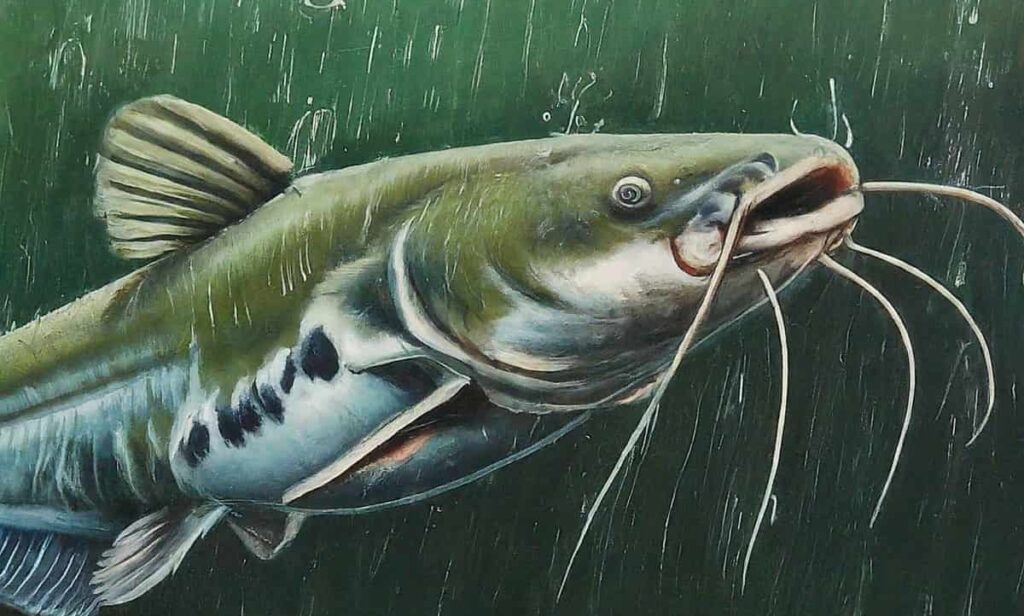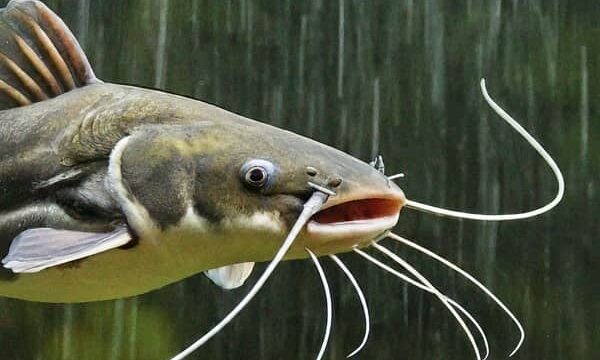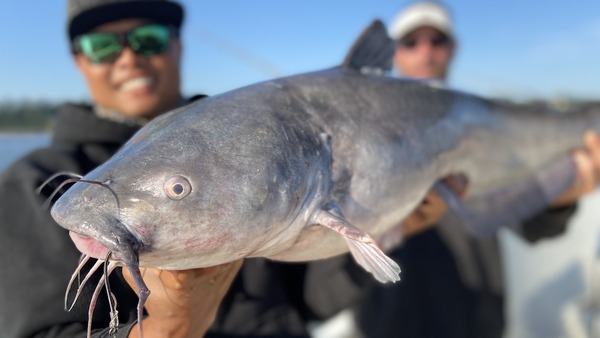Table of Contents
Toggle
Despite the long-standing myth that rainy weather suppresses fish activity, experienced anglers know that catfish actually become more aggressive and predatory during rainfall.
Far from being deterred by the rain, these bottom-dwelling giants are known to roam the waters with increased vigor, making it an opportune time for anglers to reel in some impressive catches.
Yes, catfish definitely bite in the rain. In fact, catfish actually get more aggressive and predatory when it is raining.
They will be more likely to swim around and hunt down food rather than slowly bottom feeding.
I have also found that the rain gets the big catfish especially active.
Some of the biggest catfish that I have caught have been during rainy weather.
The myth that catfish don’t bite in the rain has circulated among fishing communities for generations.
Some anglers believe that rainy weather suppresses fish activity, leading to a decrease in bites.
This belief stems from the idea that rain alters water conditions, causing fish to become less active and more difficult to catch.

Many experienced anglers report increased catfish activity during rainy weather. Several factors contribute to this phenomenon:
Oxygenation: Rainfall helps oxygenate the water by breaking its surface tension. Increased oxygen levels stimulate fish activity, encouraging them to feed more actively.
Temperature Regulation: Rain can cool down the water temperature, especially during hot summer months. Catfish are known to prefer cooler water temperatures, making rainy weather an ideal time for them to feed.
Food Availability: Rainfall washes terrestrial insects and other food sources into the water, providing an abundant buffet for catfish. This influx of food triggers feeding frenzies among catfish populations.
Range and Activity: The rainy weather will cause catfish to spread out and leave their cover or holes. These catfish lift up a bit in the water column and feed more actively rather than sitting in one place or slowly cruising.
While catfish are known to be less selective about bait during rainy weather, using bait with strong scents or flavors can increase your chances of attracting them.
Chicken liver, stink bait, worms, cut bait, and live bait are some of my favorite baits for catfishing in the rain.

In spring, catfish become more active as water temperatures begin to rise after the winter chill.
The best weather for catfishing during this season is typically mild, with stable air temperatures and occasional rainfall.
As the spring rains wash nutrients into the water and stimulate baitfish activity, catfish become more active in search of food.
Cloudy days or overcast skies can also enhance catfish activity by reducing visibility and providing cover for these bottom-dwelling fish.
Summer is prime catfishing season, with warm water temperatures boosting catfish metabolism and activity levels.
The best weather for catfishing in summer is typically warm and partly cloudy, with occasional showers or thunderstorms.
Rainfall helps oxygenate the water and can stimulate feeding activity among catfish populations.
Early morning and late evening hours are often the most productive times to fish during hot summer days when temperatures are cooler and catfish are more active.
Fall brings cooler temperatures and changing water conditions, making it an excellent time for catfishing.
The best weather for catfishing in fall is cool and overcast, with occasional rain showers.
As water temperatures gradually drop, catfish become more active in preparation for winter, feeding voraciously to build up their energy reserves.
Additionally, fall rains wash organic matter into the water, providing ample food sources for hungry catfish.
Catfish can still be caught during the winter months with the right approach.
The best weather for catfishing in winter is typically mild and stable, with relatively warmer water temperatures.
Sunny days following a few consecutive warm days can sometimes trigger brief periods of increased catfish activity.
Additionally, targeting deeper holes or areas with slow-moving water can increase your chances of finding winter catfish.
The truth is that rainy weather enhances catfish activity, providing anglers with prime opportunities to hook these elusive giants.
From increased oxygen levels and temperature regulation to the abundance of food sources washed into the water, rainy days create the perfect conditions for successful catfishing excursions.
Whether it’s spring, summer, fall, or even winter, understanding the dynamics of catfish behavior in different weather conditions can greatly improve your chances of landing that trophy catch.
